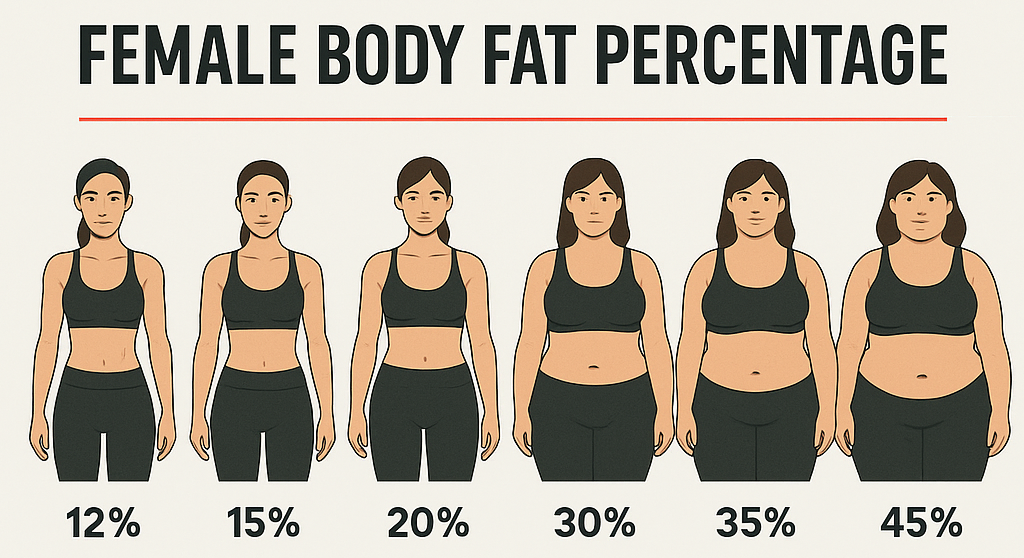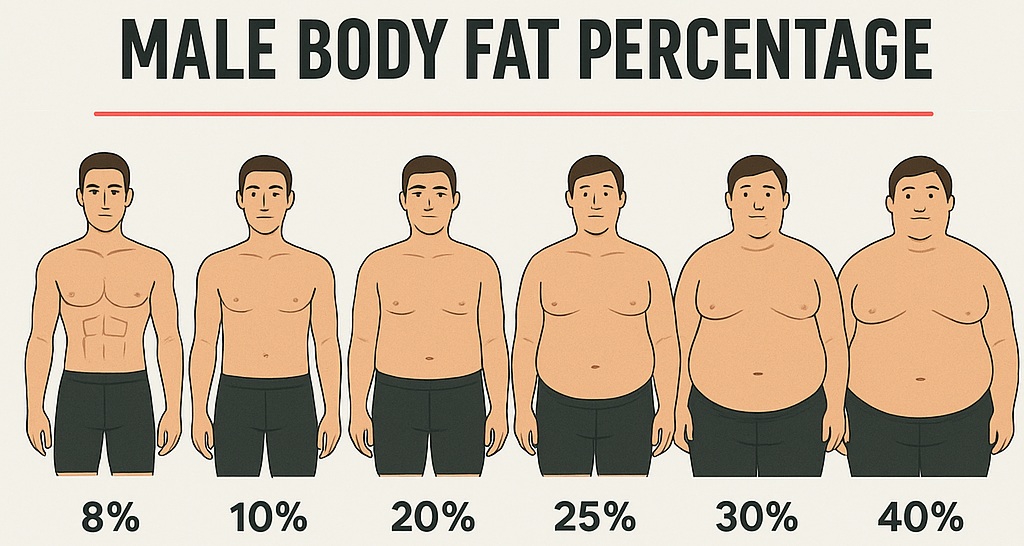What Is Lean Body Mass and Why It Matters
The Lean Body Mass Calculator estimates the amount of weight in your body that isn’t fat—this includes muscle, bones, organs, skin, and body water. It’s essentially your total weight minus fat mass.
Understanding your lean body mass is critical for tracking true changes in body composition. Many people focus only on weight loss, but weight alone doesn’t tell the whole story. You could lose muscle instead of fat—especially if you’re not eating enough protein or exercising—resulting in a slower metabolism and weaker body over time.
How to Estimate Body Fat Using Visual AI References
While the most accurate way to measure body fat is through tools like DEXA scans, hydrostatic weighing, or bioelectrical impedance, not everyone has access to those. That’s where visual estimates can help—especially when paired with AI-generated body type images at different body fat percentages.
By comparing your physique to a visual chart or set of reference images that show various body types at specific body fat levels, you can get a general idea of where you might fall. For example, you might notice that your muscle definition, waistline, and overall shape resemble the 25% or 18% example. It’s not an exact science, but it gives you a ballpark estimate.
Important Caveats
Everyone stores fat differently: Two people at the same body fat percentage can look very different based on genetics, gender, age, and muscle mass.
AI images are idealized: These visuals are generated based on common patterns—not real human scans—so they’re designed to show an “average look” at each level, which may not match every body type.
Lighting, posture, and muscle mass matter: A leaner person with less muscle may look softer than someone with more muscle at the same body fat level, which can throw off your comparison.
Use Visual Estimates as a Guide, Not a Diagnosis
AI-generated visuals can be a helpful tool for self-assessment and tracking progress over time, but they should be used alongside other indicators like tape measurements, progress photos, and how your clothes fit. When in doubt, focus on how you feel, how strong you are, and how your health markers are changing—not just the percentage number.


Why It’s Especially Important for Those on GLP-1 Medications
GLP-1 medications like Ozempic, Wegovy, and Mounjaro have revolutionized weight loss by reducing appetite and improving insulin sensitivity. But they also present a unique challenge: rapid weight loss can lead to unintended muscle loss, particularly if the user isn’t engaging in strength training or consuming adequate protein.
Here’s why knowing your lean body mass matters when using GLP-1s:
Muscle is Metabolically Active – The more lean mass you have, the more calories your body burns at rest. Losing muscle can decrease your resting metabolic rate, making long-term weight maintenance more difficult.
Tracking Fat vs. Muscle Loss – A scale can’t tell you what you’re losing. If you track your LBM alongside your weight, you can tell if your fat loss is healthy or if you’re sacrificing too much muscle.
Guiding Protein Intake – Your daily protein needs are often based on lean body mass, not total body weight. Knowing your LBM helps you eat enough protein to preserve muscle while losing fat.
Exercise Optimization – If your LBM is low, it’s a sign to prioritize resistance training. It’s one of the best ways to preserve or even build muscle while on GLP-1s.